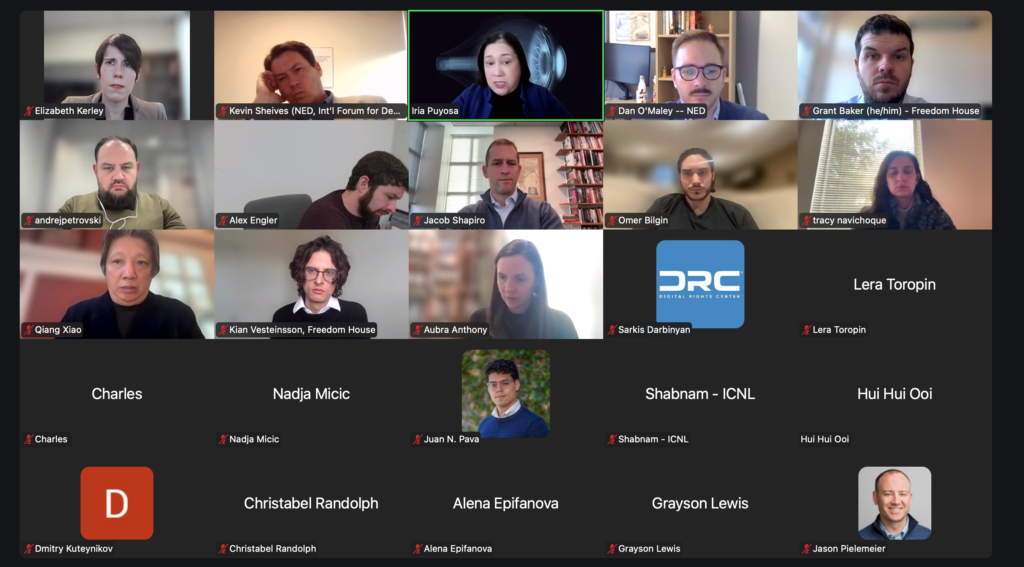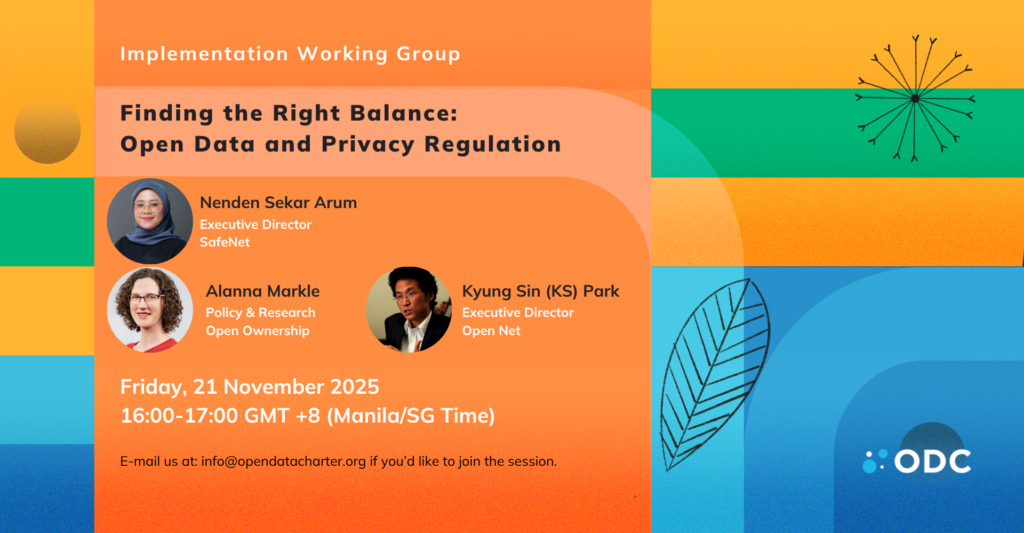Open Net submitted the following letter to the UN Committee on the Rights of the Child (CRC) on the Optional Protocol to the Convention on the Rights of the Child on the sale of children, child prostitution and child pornography (OPSC) Guidelines on September 25, 2019.
Development in the Definition of Child Pornography in the Republic of Korea
1. Introduction
Open Net is a South Korean civil society organization dedicated to defending Internet freedom and digital rights. We also hold the Special Consultative Status, under the name ‘Open Net Incorporated Association,’ to the United Nations Economic and Social Council (ECOSOC).
We respect and support all UN’s efforts to protect children from abuse and sexual exploitation, especially regarding the drafting of the Guidelines on the implementation of the Optional Protocol to the Convention on the Rights of the Child on the sale of children, child prostitution and child pornography (hereinafter the “Guidelines”) and its consideration of the digital environment today. There are many aspects of the Guidelines that should be implemented as soon as possible. However, some aspects of the Guidelines, especially para. 63 regarding child pornography, or “child sexual abuse material (CSAM),” require some consideration.
We believe that CSAM involving a real or existing child should be eradicated, and the production, distribution, or possession of such CSAM must be severely punished. However, our experience has taught us about the pitfalls of punishing CSAM involving non-existing children or persons appearing to be children such as drawings, cartoons, anime, and virtual representations the same as the CSAM involving an existing child
2. Definition of “Child Pornography” under the Act on the Protection of Children and Youth against Sex Offenses of the Republic of Korea
The Act on the Protection of Children and Youth against Sex Offenses, or the Protection of Children against Sex Offenses Act (hereinafter the “PCSOA”) currently defines “Child Pornography” as[1]:
the depiction of children or youth, or persons or representations that can be obviously perceived as children or youth, doing 1) sexual intercourse; 2) Pseudo-sexual intercourse using parts of the body, such as the mouth and anus, or implements; 3) Contacting or exposing all or part of the body, which causes sexual humiliation or repugnance of ordinary people; 4) masturbation; or 5) engaging in any other sexual act, in the form of a film, video, game software, or picture, image, etc. displayed on computers, or other communications media.
Production, sale, distribution, exhibition, and possession of child pornography are all heavily punished in Korea, the sentence for production being the most severe (indefinite term or more than five years of imprisonment), and the sentence for possession the least severe (not more than one year of imprisonment or a fine not exceeding KRW 20 million).[2] Information of “Child Sex Offenders” is disclosed and notified for 10 to 30 years, and their employment at child-related institutions is restricted for the maximum of 10 years.[3]
3. “Increase (?)” of “Child Sex Offenders” by 22 times in 2012
In 2011, in the wake of a series of several highly publicized cases of child rape-and-murders, the National Assembly revised the PCSOA. The revision also expanded the definition of Child Pornography, “the depiction of children” involved in sexual activities, to include “persons or representations that can be perceived as children.” The amendment came into force on March 16, 2012.
The number of people investigated for child-pornography-related charges (Article 8 of the PCSOA) soared to 2,224 in 2012, a significant increase by more than 22 times from the previous years.
<PCSOA Article 8 Violation Charges>[4]
|
Year |
Investigation | Indictment | Non-Indictment |
Others |
|
2010 |
82 |
38 | 26 |
14 |
|
2011 |
100 |
58 | 23 |
21 |
|
2012 |
2,224 |
775 | 433 |
940 |
Although the number of sexual offenses against children has been on the increase, the main reason for the sharp increase was mainly due to the expansion of the definition of child pornography in 2011. Much Japanese pornographic material consumed in South Korea features adult actors/actresses in school uniforms or cartoon characters look like children. Then in 2012, 2,224 people, mostly in their early 20s, were rounded up and investigated as “child sex offenders” for uploading or possessing such material. Many of those actually indicted received guilty verdicts, which are followed by the registration as a “child sex offender,” disclosure of personal information, and employment restrictions, just like those offenders who coaxed real children into having sex in front of the cameras but definitely unlike the distributors of ordinary obscene material in which animation characters or live adult characters “look older than 19.”
Korean law treating imaginary sex with an imaginary, non-existent child the same as sex with a real child has created interesting results. One lawyer in the trial for animation characters argued in court: “So, if the law punishes a material for its imaginary sexual character’s age, how will we measure the age of, say, personified animals, extraterrestrials, or for that matter vampires whose average age in the stories seem to exceed 100 years?” A judge hearing the argument changed the count from child pornography to obscenity, which carries only one year imprisonment at most.
It is notable that when the number of people investigated increased greatly, the indictment rate fell from 58% in 2011 to 35% in 2012. And about half of the investigation were classified as “others.” This means that many of the investigations were on cases that didn’t involve real child pornography. The biggest difference between the punishment of child pornography from obscene material is that just the possession is punished. And as the law also punishes exposure of body parts, there was a case where a person was punished for downloading an anime rated R-15 in Japan that showed no sexual intercourse.
Moreover, the police officers spend a lot more time in front of computers because it was much easier for them to crack down ignorant young people who uploaded or downloaded Japanese cartoons or school uniform porns that are prevalent on the Internet than pursuing more serious criminals like the producers of CSAM abusing real children or child molesters. One female child rape victim cried on television: “In my experience, porns don’t make people commit child rapes. People natured and nurtured to do so will do so regardless. Stop web-surfing and get out there, catch the real criminals.” As the same provision being used against the works showing real children and virtual children, the police officers greedy for their promotion points will take their patrolling time out for cyber-patrolling, actually reducing the police work on real abuses.
4. Revision of the PCSOA to Narrow Down the Definition of Child Pornography
Realizing that the expanded definition of child pornography in 2011 was too broad, the National Assembly tried to limit the definition to “a depiction of persons or representations that can be obviously perceived as children” and punishment of possession to “knowing” possession later in 2012.[5] However, the revised definition was not clear enough to prevent people from being indicted for school uniform porns, cartoons or animes.
In the end, it was at the hands of criminal court judges to clarify the definition. Courts started to find child pornography involving non-existing children not guilty for child sex offenses. Then in 2013, a couple of judges filed requests for constitutional review of the child pornography law for a school uniform porn case and an anime case. In addition to judges requesting the indictments to replace a child pornography charge with an obscenity charge, many prosecutors closed their cases on “deferral of indictment”, which actually means that the person is permanently protected from prosecution unless he or she comes back to the prosecutors’ office on another crime. Open Net filed a constitutional complaint against the child pornography law on behalf of a person received a deferral of indictment decision in 2013 for an anime. Then in 2014, the Supreme Court found that school uniform porns are not covered by the definition of child pornography under the PCSOA, and a trial court acquitted an anime case.
In June 2015, the Constitutional Court found the child pornography law constitutional by five to four. Four dissenting Justices agreed with Open Net’s view that the definition, “persons or representations that can be perceived as children,” was in violation of the principle of clarity. And five majority Justices were also of the opinion that the definition only includes persons or representations that can be perceived as an existing child, and as such, the law is not in violation of the Constitution.
5. Conclusion
To repeat, we believe that CSAM involving a real or existing child should be eradicated, and the abusers and exploiters severely punished. However, the goal of child pornography law should focus on protecting real children, not fictional cartoon characters or adults with youthful looks. After the expansion of the definition of child pornography to include CSAM of non-existing children, much resource has been wasted to bust young people, sometimes children themselves, who fancied cartoons and anime, and label them as “child sex offenders.” We believe that the resource should be used more effectively in the prevention and eradication of CSAM with real victims.
[1] PCSOA Article 2 subparagraph 4. http://elaw.klri.re.kr/kor_service/lawView.do?hseq=47277&lang=ENG
[2] PCSOA Article 11
[3] PCSOA Article 50 and Article 56
[4] https://opennet.or.kr/trend/1344 (in Korean)
[5] The amendment came into force on June 19, 2013.


0 Comments